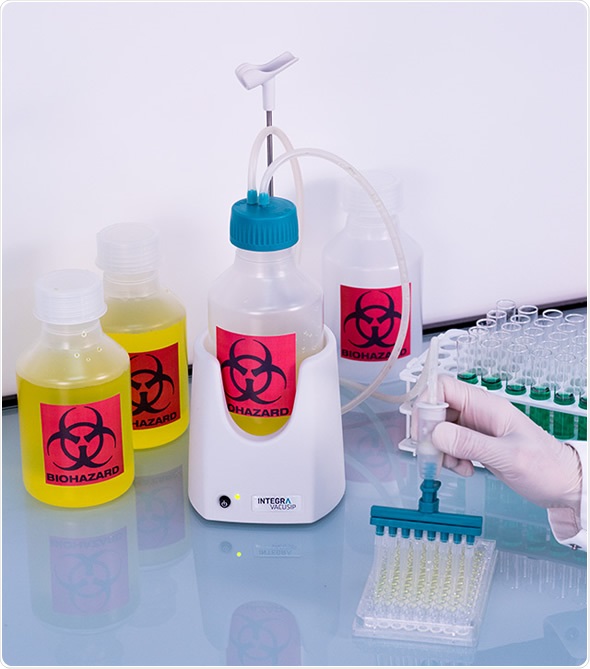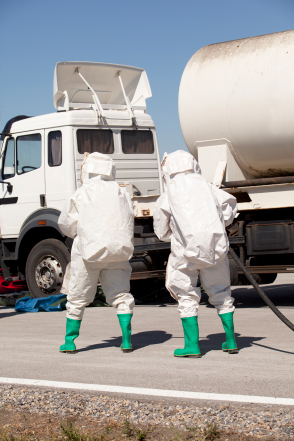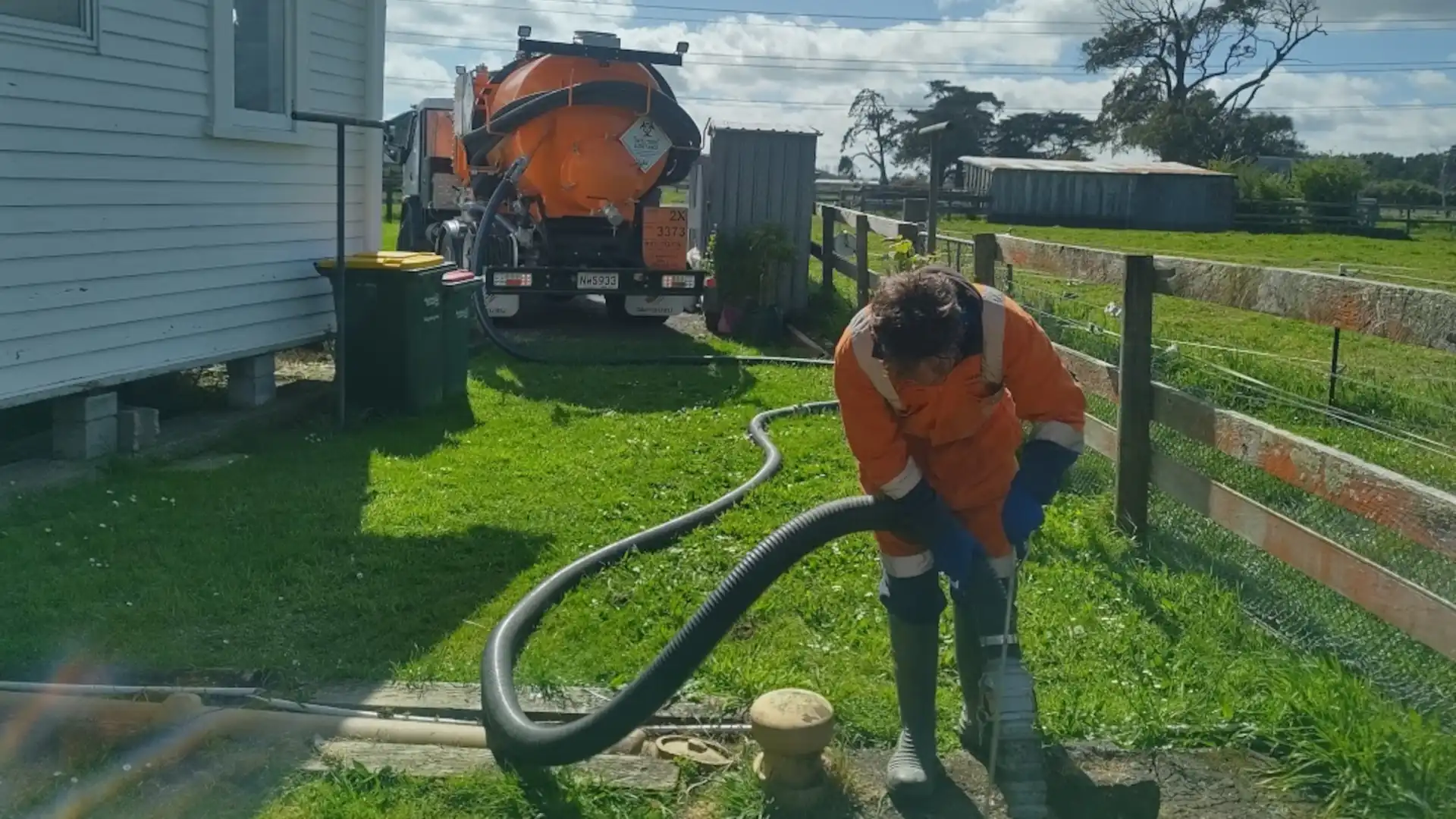Ingenious Industrial Wastewater Treatment Solutions: Securing the Setting
Ingenious Industrial Wastewater Treatment Solutions: Securing the Setting
Blog Article
Exactly How Liquid Garbage Disposal Functions: A Comprehensive Review of Techniques and Technologies Used

Summary of Liquid Waste Kind
The complexity of fluid waste types demands a complete understanding of their attributes and effects for disposal. Liquid waste can broadly be categorized right into numerous kinds, consisting of industrial, local, agricultural, and contaminated materials. Each group shows unique buildings, calling for certain management strategies to minimize ecological and wellness dangers.
Industrial fluid waste originates from producing procedures and typically contains a variety of pollutants, such as hefty steels, solvents, and organic compounds. Metropolitan fluid waste, primarily consisting of wastewater from families and business establishments, includes raw material, nutrients, and pathogens (industrial wastewater treatment). Agricultural fluid waste, including runoff from ranches, might include fertilizers, pesticides, and animal waste, posing dangers to water quality and communities
Harmful liquid waste is identified by its poisoning, sensitivity, or possible to trigger harm. This category consists of compounds like acids, bases, and certain chemicals that demand strict handling and disposal protocols. Comprehending these varied fluid waste kinds is critical for creating reliable disposal approaches and making certain compliance with ecological guidelines. Correct classification and characterization are crucial for implementing ideal treatment strategies and reducing the damaging effect on public wellness and the environment.
Physical Therapy Methods

Testing is the initial action, where bigger bits and debris are removed from the fluid waste using displays or grates. In sedimentation storage tanks, larger particles work out at the base, forming a sludge layer, while the cleared up liquid can be more dealt with.
Filtering is one more vital approach that includes passing the liquid through porous materials, such as sand or membranes, to record smaller sized particles. This action enhances the top quality of the fluid, making it suitable for subsequent treatment procedures.

Chemical Therapy Techniques
Chemical therapy techniques are crucial for efficiently taking care of liquid waste, specifically in attending to liquified and colloidal contaminants that physical approaches may not effectively remove. These methods make use of various chemical representatives to counteract, precipitate, or transform unsafe substances right into much less hazardous forms.
One common technique is coagulation and flocculation, where chemicals such as alum or ferric chloride are sites included to advertise the aggregation of suspended fragments. This process boosts sedimentation, enabling much easier elimination of the resulting sludge. Additionally, oxidation processes, utilizing representatives like chlorine or ozone, are used to damage down complex organic compounds and microorganisms, providing the waste much safer for discharge or more treatment.
Neutralization is another important strategy, which adjusts the pH of acidic or alkaline waste streams to neutral levels, avoiding prospective damage to downstream systems and the atmosphere. Moreover, progressed oxidation procedures (AOPs) make use of mixes of oxidants and ultraviolet light to weaken persistent pollutants, achieving a higher level of treatment effectiveness.
Biological Treatment Processes
Biological therapy procedures play a critical duty in the monitoring of fluid waste by making use of microbes to decompose raw material and lower impurity degrees. These processes can be broadly categorized into anaerobic and cardio treatments, each employing particular microbial neighborhoods to accomplish reliable waste destruction.
Cardio therapy includes making use of oxygen to promote the break down of organic materials by bacteria. This process is commonly implemented in activated sludge systems, where aeration containers provide a helpful atmosphere for microbial development, causing the oxidation of natural pollutants. The resultant biomass can be separated from dealt with effluent via sedimentation.
On the other hand, anaerobic treatment takes place in the lack of oxygen, depending on various bacteria to damage down natural matter. This approach is specifically helpful for high-strength waste, as it produces biogas, a sustainable energy resource, while decreasing sludge manufacturing. Technologies such as anaerobic digesters are often employed in local and industrial applications.
Both aerobic and anaerobic biological therapies not only lessen the environmental effect of fluid waste however additionally help with source recovery, making them essential elements of lasting waste administration methods. Their versatility, performance, and efficiency support their extensive execution throughout various markets.
Arising Technologies in Disposal
Cutting-edge methods to fluid garbage disposal are swiftly evolving, driven by improvements in modern technology and an enhancing focus on sustainability. Amongst these arising modern technologies, membrane layer bioreactors (MBRs) have gotten traction for their capability to integrate organic treatment with membrane layer filtering, causing top quality effluent that can be reused in various applications. MBRs allow smaller sized impacts and more efficient operations compared to traditional systems.
Another promising development is making use of anaerobic digestion combined with nutrient recovery technologies, which not just deals with fluid waste yet additionally creates biogas and recuperates useful nutrients like nitrogen and phosphorus. This double benefit enhances resource performance and lowers ecological effect.
Furthermore, advanced oxidation processes (AOPs) are being taken on for the destruction of complicated organic pollutants. These approaches make use of powerful oxidants and catalysts to damage down impurities at the molecular degree, providing a highly reliable option for difficult waste streams.
Furthermore, the integration of expert system and artificial intelligence in click now waste monitoring systems is enhancing operational performance and predictive upkeep, causing decreased costs and boosted environmental conformity. These innovations reflect a substantial shift in the direction of even more sustainable and reliable liquid garbage disposal practices.
Verdict
In verdict, see page effective liquid waste disposal requires a thorough understanding of various methods and innovations. By continually progressing these methodologies, it ends up being possible to attend to the expanding obstacles linked with liquid waste, ultimately contributing to environmental security and resource healing.
Fluid waste disposal is a critical aspect of environmental management, needing an extensive understanding of different methods and innovations customized to various waste types. Liquid waste can extensively be categorized into several types, including industrial, municipal, agricultural, and harmful waste. Agricultural liquid waste, including runoff from farms, might have plant foods, chemicals, and animal waste, positioning dangers to water quality and environments.
Different physical treatment methods play a crucial role in taking care of fluid waste successfully - industrial wastewater treatment.In final thought, efficient liquid waste disposal demands a detailed understanding of different methods and technologies
Report this page